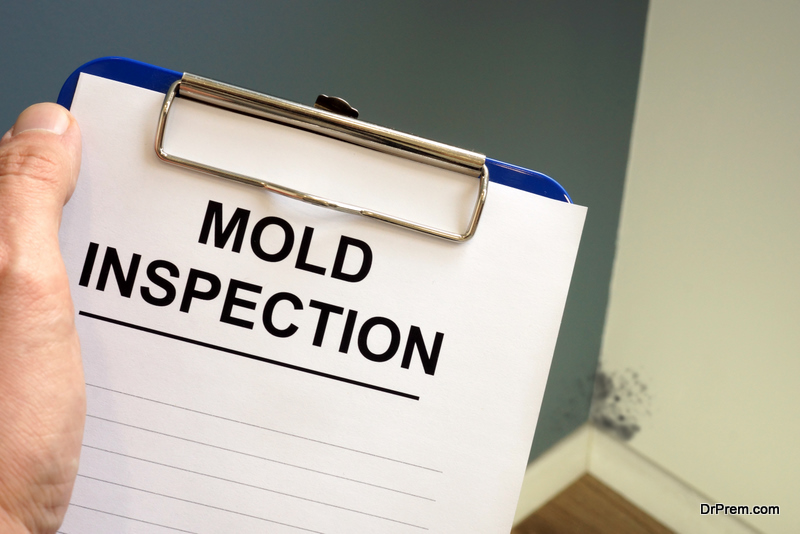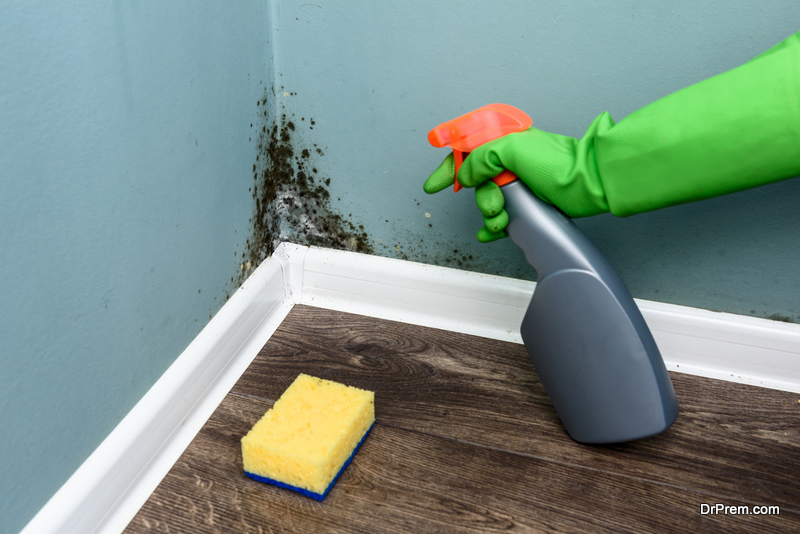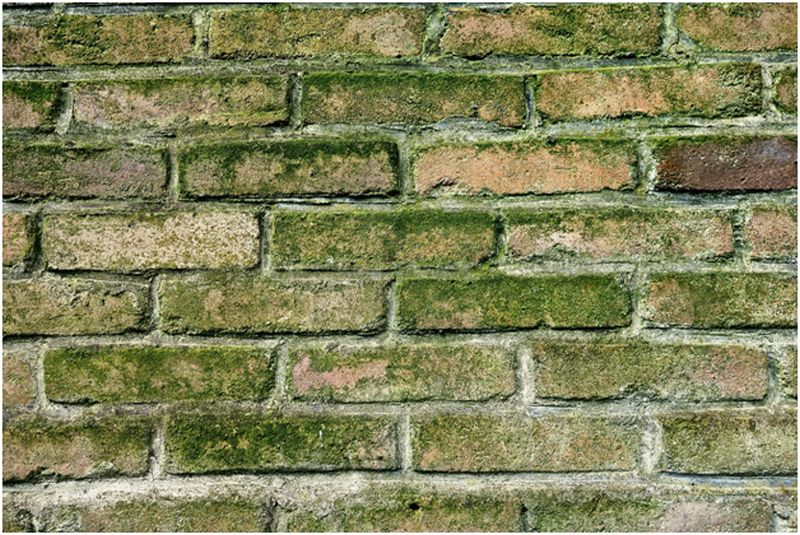Mold is a significant source of the problem, and when it grows, it can blacken the grout lines in your shower and discolor drywalls. These not only look bad, but they also damage the product. If you have wooden floors, the mold can rot the surface resulting in the release of microscopic spores.
These spores can worsen your health and trigger an allergic reaction. You may start sneezing and have a runny nose along with watery eyes. So, the complete picture of having mold in the house is a disastrous one. As a homeowner, you don’t want to deal with the nuisance of cleaning mold. However, if you live in damp areas or have a wooden house, mold is inevitable. So, if you notice that mold has invited itself into your home, here’s what you need to do:
1. How Dangerous Is Mold?

Mold is not lethal, but it can give you serious trouble by making your house lose its attractiveness and give you an allergic reaction. Those with a weak immune system will experience symptoms stronger than others, but it won’t kill you.
2. How Does Black Mold Get In Your House?
Mold travels through spores and enters your house on clothing, fur, or through the ventilation system. However, the spores need plenty of water to grow. If you consult a water damage advisor, they prioritize by gauging the volume of water and evaluate if you may have a water pipe burst, water leakage, or went through a storm, the chances of mold growth are high. Materials like drywall, carpets, and even gypsum board can soak up water. These materials are the perfect breeding ground for the spores to grow.
3. How to Remove Mold from Your Home?

If you have mold growing in your house, there are numerous ways you can clean it up. However, the techniques we list are the ones you should stick with. That is because improper cleaning and spread spores further, and you may create a bigger mess for yourself:
· Identify The Size Of The Mold
It would help if you estimated how extensive the mold is. If the mold is covering a small area, you can take care of that by yourself. If it covers a large extent, you may need a professional. It is also essential you identify the source of the model. Where is it stemming from, and how much water is in the area? With this crucial information, you should work on taking care of the mold. Don’t start before curbing the source of water. If there is a large puddle encouraging growth, drain it first.
· Hire A Professional Cleaner
Mold can spread within 24 hours. It is not unusual for what may seem like a small area to become larger overnight. If the mold gets spread in multiple regions around your house, call a professional. These professionals not only get rid of the mold but prevent it from coming back. When you’re cleaning mold, there is a chance you leave behind spores. These spores can propagate growth once again. So cleaning involves multiple layers of clearing as well as inspection.
· Clean the Air Filters
Spores can flow into your house through ventilation. It would help if you got your air filters inspected and changed. You can also get more delicate filters that have a smaller width than a spore. So when you blast your air conditioning, the chances of spores entering your house are minimal. If you live in areas dense with vegetation, you may need to clear your filters more frequently.
· Repair Water Leaks Right Away
Spores need water to grow. So if your house has older pipes that leak frequently, get those changed. You shouldn’t have carpets or kitchen mats near any source of water. In the bathroom, change your mats often, keeping them dry and clean. Wipe all damp surfaces and deep clean your shower and bathtub monthly. You should also check all the drainage systems around your house. If you get frequent clogs, you need immediate repair.
· Use Protective Gear
Mold can trigger an allergic reaction. The equipment you use to clean mold should be separate from others. It would help if you always used rubber gloves and a mask while handling the area. You’ll prevent the spores from entering your nostril and sticking to your fingers. Keeping equipment away from other equipment prevents spores from transferring around the house.
· Use Bleach
Bleach is an alkaline chemical. When you dilute it with water, it can work perfectly on mold. So to one gallon of water, add about a cup of bleach. Transfer your mixture into a spray bottle and use it to clean all impacted areas. You can even use commercial cleaners to achieve the same purpose. Scrub the area thoroughly and wash it properly, don’t forget to dry the area. However, never mix bleach and ammonia; the fumes these chemicals will produce will be hazardous to inhale. The sharp pungent smell can impact your breathing.
4. What Are The Symptoms Of Interacting With Mold?
When you have mold in the house, you will know. There are symptoms you start showing due to mold exposure. If you don’t show signs, you may see discoloration on the kitchen or bathroom tiles. However, if you want to identify the symptoms of mold, they are as follows:
· Stuffy Nose
Your nose gets stuffy due to flue and feels congested and full. No matter how much you blow, the stuffiness doesn’t go away. Your nostrils also show inflammation as well as redness. A stuffy nose is a sign that you’ve been breathing mold.
· Wheezing
You may have trouble breathing and even cough with every breath. If you’re asthmatic, you may get frequent asthmatic attacks. The same goes for people with emphysema. Not only do you struggle to breathe, but you may also gasp for breath. That is because spores have tiny microscopic fibers. These bother your nasopharyngeal passage.
· Watery Eyes
Your eyes watering due to an allergy is a defense mechanism that can get annoying. Tears can irritate your eyes, causing puffiness and redness. Sometimes, you may also get a runny nose with watery eyes, and those two together are very irritating.
· Fever
You don’t get a fever right away. Fevers happen when you have long-term mold exposure. However, if you start developing fevers without any reason, that is concerning. You may need to see a doctor and get medicines to help you get back on your feet.
Wrap Up
Your house is your sanctuary, and the thought of mold growing there can be off-putting. However, where there is water and humidity, mold thrives. Cleaning mold is a hassle for which you need to curb the water supply and fix leakages before you can start cleaning. Since the spores can spread far and wide, measure the impacted area to decide how you’ll handle the cleaning. You can do small spaces on your own. However, larger areas need professional cleaning. There are certain factors you need to take care of as you clean. Make sure you clean the area properly, change your air filters and use bleach and water. As long as you take care of your space and keep it dry, you’ll prevent mold.
Article Submitted By Community Writer




